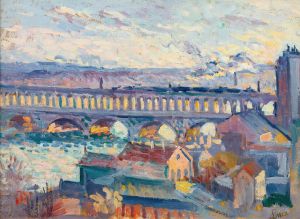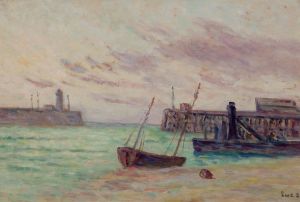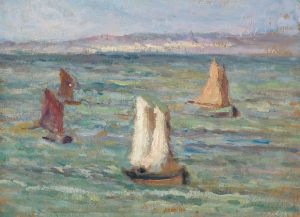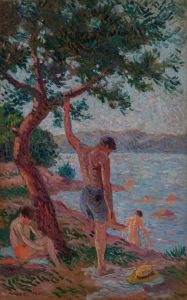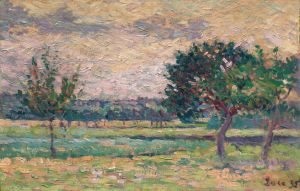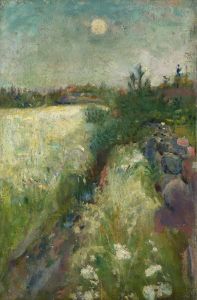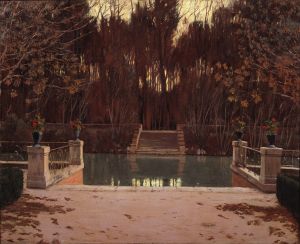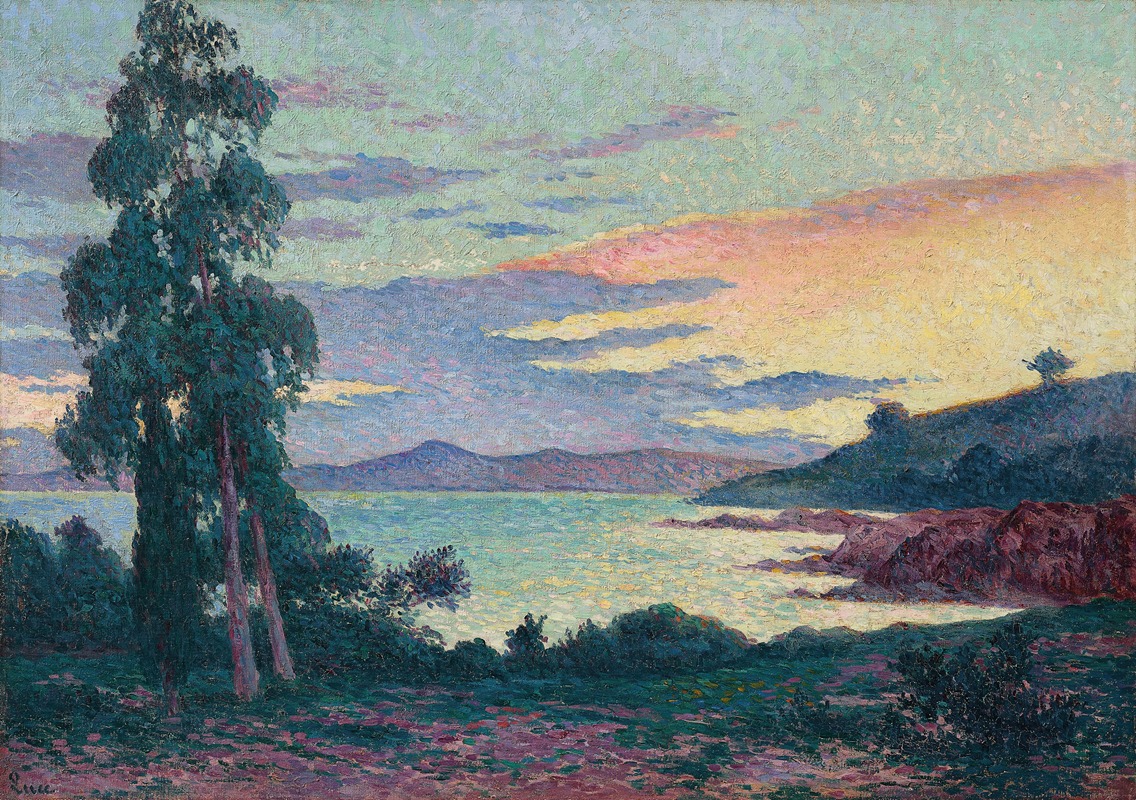
La Fossette Saint-Clair, près du Lavandou
A hand-painted replica of Maximilien Luce’s masterpiece La Fossette Saint-Clair, près du Lavandou, meticulously crafted by professional artists to capture the true essence of the original. Each piece is created with museum-quality canvas and rare mineral pigments, carefully painted by experienced artists with delicate brushstrokes and rich, layered colors to perfectly recreate the texture of the original artwork. Unlike machine-printed reproductions, this hand-painted version brings the painting to life, infused with the artist’s emotions and skill in every stroke. Whether for personal collection or home decoration, it instantly elevates the artistic atmosphere of any space.
Maximilien Luce was a French Neo-Impressionist painter known for his contributions to the Pointillist movement. Born in Paris in 1858, Luce initially trained as an engraver before turning to painting. He became associated with the Neo-Impressionists, a group of artists who expanded upon the techniques of Impressionism by employing a method known as Pointillism or Divisionism. This technique involved applying small, distinct dots of color to the canvas, which would visually blend together when viewed from a distance.
One of Luce's notable works is "La Fossette Saint-Clair, près du Lavandou." This painting captures a picturesque scene near Le Lavandou, a commune in the Var department in the Provence-Alpes-Côte d'Azur region of southeastern France. The area is known for its stunning Mediterranean coastline, which has long been a source of inspiration for artists due to its vibrant colors and unique light.
In "La Fossette Saint-Clair, près du Lavandou," Luce employs his characteristic Pointillist technique to depict the serene beauty of the coastal landscape. The painting showcases a tranquil beach scene with the azure waters of the Mediterranean Sea gently lapping against the shore. The composition is marked by the use of small, precise brushstrokes that create a mosaic of colors, capturing the shimmering effect of sunlight on the water and the surrounding landscape.
Luce's choice of subject matter reflects his interest in capturing the natural beauty and tranquility of rural and coastal scenes. His work often focused on landscapes, cityscapes, and scenes of everyday life, rendered with a keen attention to light and color. In this painting, the use of Pointillism not only enhances the vibrancy of the colors but also imbues the scene with a sense of movement and life.
The painting is a testament to Luce's skill in using color and technique to evoke a specific atmosphere and mood. The careful arrangement of colors and the meticulous application of paint create a harmonious composition that invites the viewer to experience the peacefulness of the scene. The work exemplifies the principles of Neo-Impressionism, emphasizing the scientific study of color and light to achieve a more luminous and dynamic representation of nature.
Maximilien Luce's contributions to the Neo-Impressionist movement were significant, and his works continue to be celebrated for their technical precision and emotive power. "La Fossette Saint-Clair, près du Lavandou" stands as a fine example of his ability to capture the essence of a place through the innovative use of color and technique. Today, Luce's paintings are held in various public and private collections, where they continue to be appreciated for their beauty and artistic significance.








